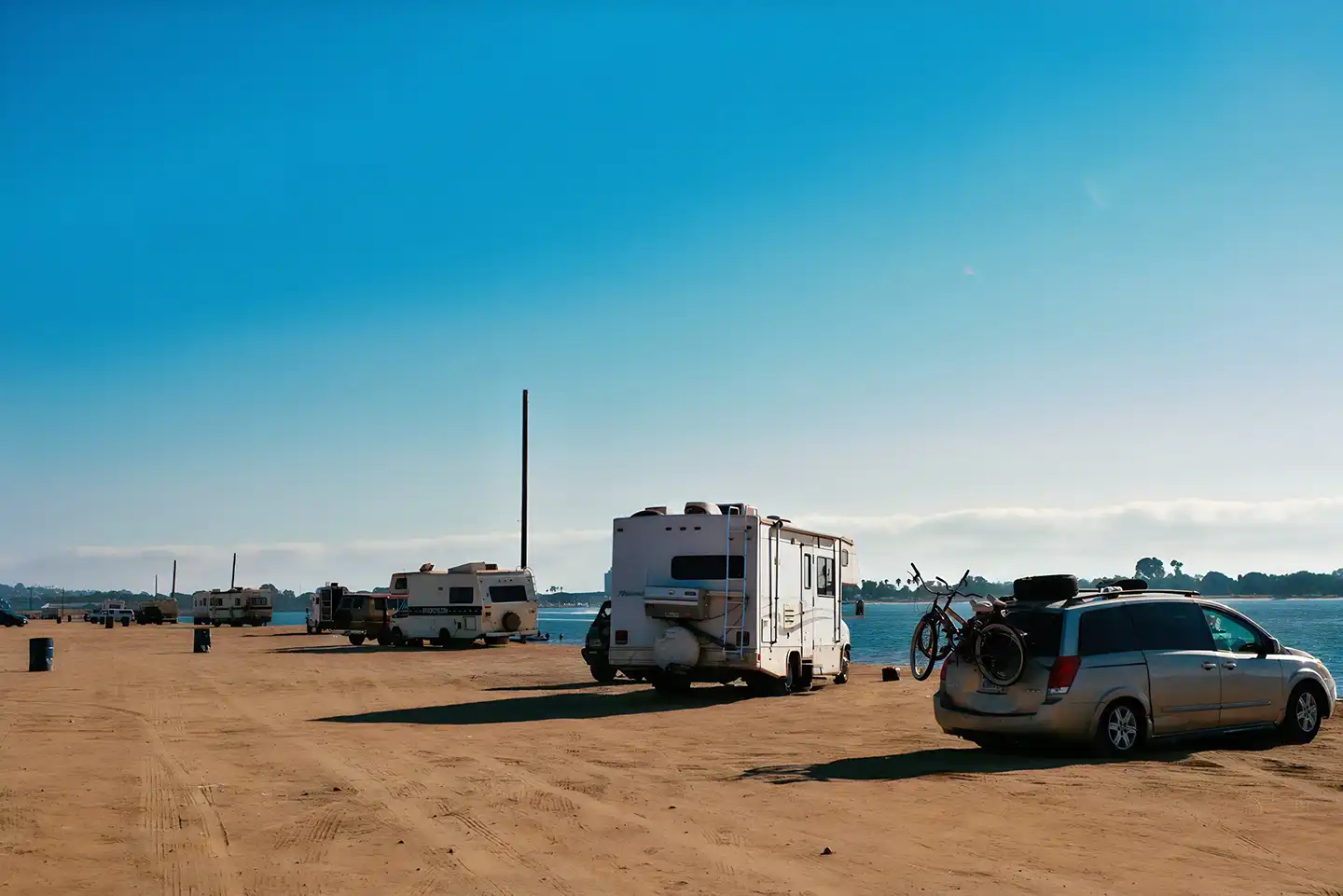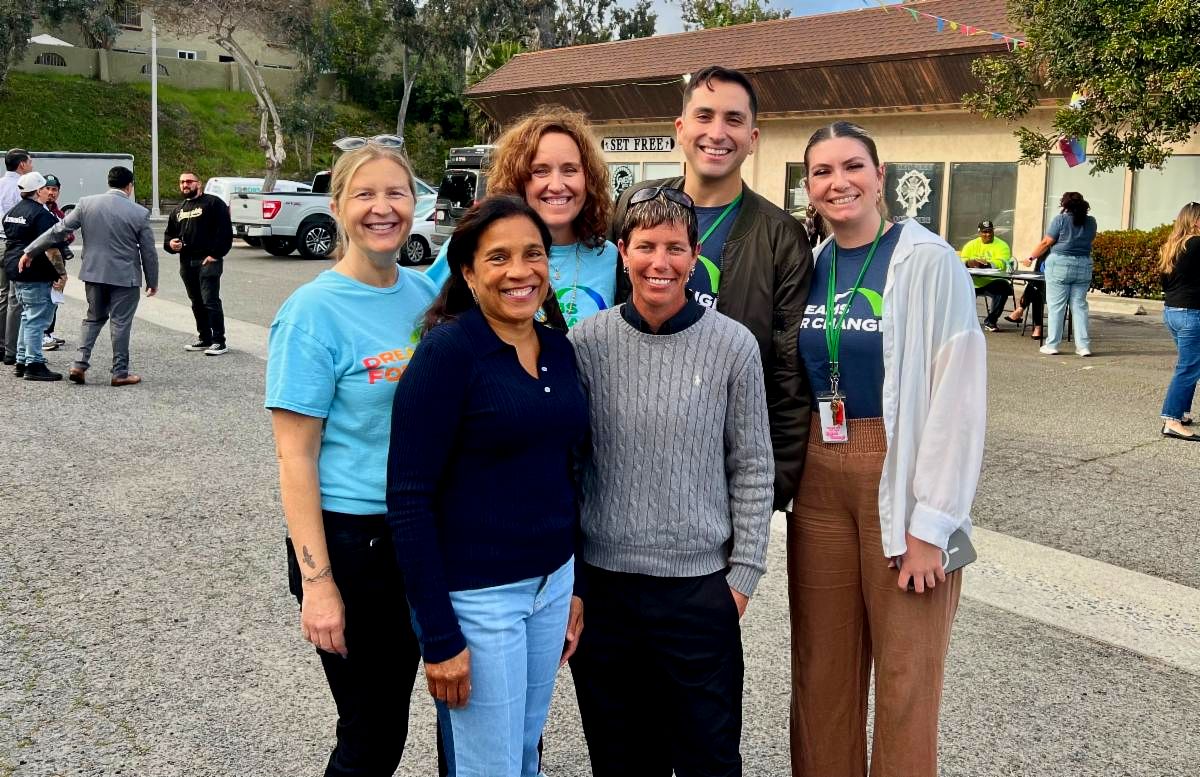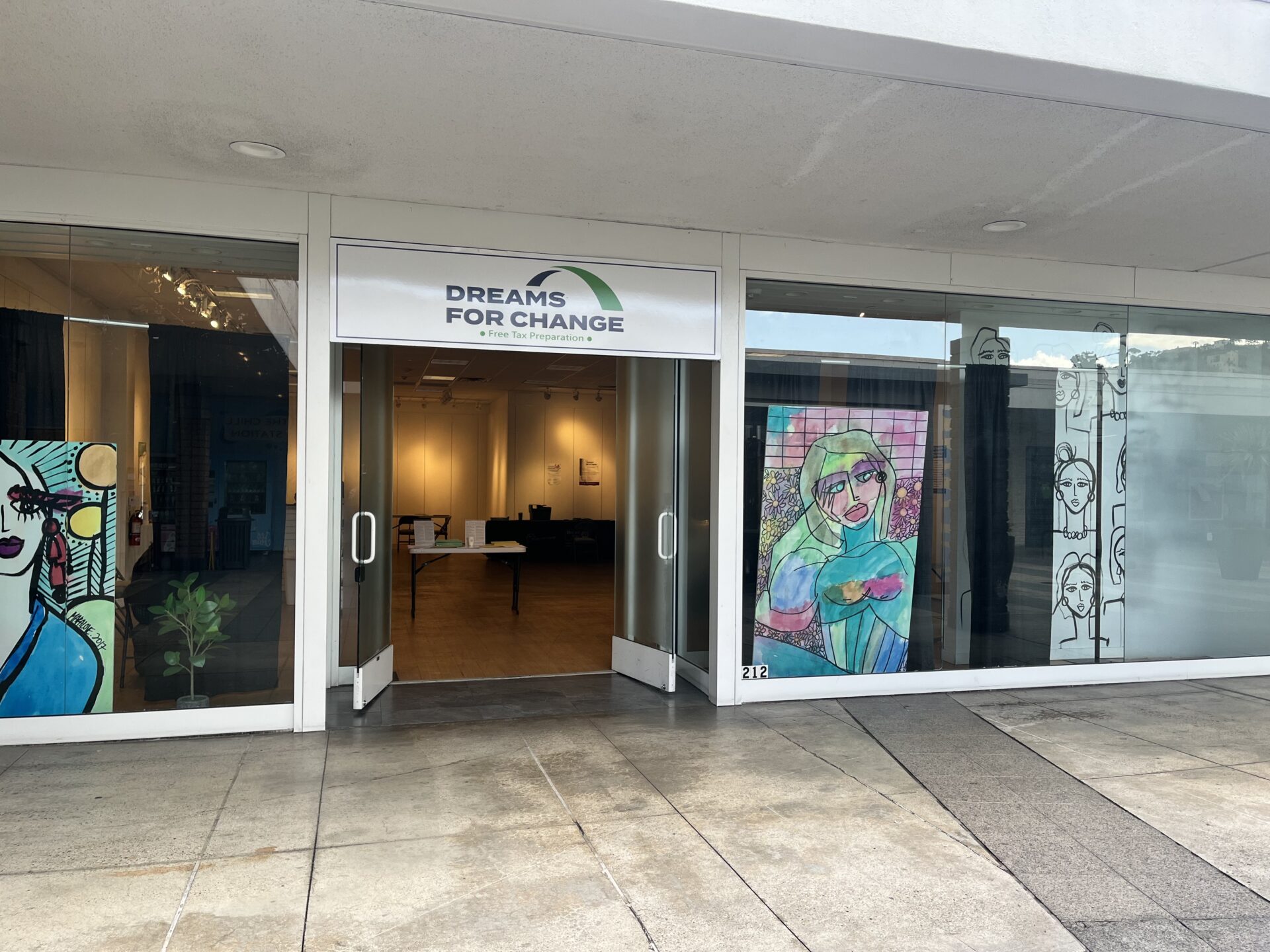Understanding the vast nature of the problem is only the beginning. Each community is impacted differently. Determining who is truly homeless, who’s enjoying the “van life” and who’s simply vacationing within our communities is challenging, and we should keep that in mind when looking at ways to provide a solution that addresses both homelessness and neighborhood concerns.
One possible solution is a safe parking program, which provides homeless families and individuals with designated spots to park their vehicles overnight. The city already has two safe parking lots and the mayor has said he’d like to add more. But far more are needed to accommodate the volume of homeless San Diegans living in cars. As the CEO of an organization that has developed and operated one of these programs for nine years, assisting more than 4,000 individuals, I know that these programs work and that the majority of participants are experiencing homelessness for the first time.
The federal Housing and Urban Development Department concluded that only about 60 percent of individuals and 65 percent of families experiencing homelessness for the first time spent at least one night in a homeless programs during the 18 months when the study was conducted. Many stayed on the streets. The study also concluded that communities should avoid extensive use of high-cost homeless programs for individuals or families who primarily need permanent housing without other types of support, like extensive case management.
When considering a safe parking model, it’s important to consider whether the program is the “right size,” meaning it provides just enough assistance to keep the housing environment stable. Studies show that providing extra assistance to one household can mean housing loss or delays for others who are experiencing homeless. Having the appropriate amount of space for the homeless to park their vehicles overnight leaves vital funding to serve San Diego communities in other ways.
Safe parking programs also work as an entry point into services that can assist a family or individual move from their vehicle into housing. Case managers can work with the participants who are already working toward housing, and provide financial independence training, job application and resume assistance and other social services. Those case managers can then help officials identify where the greatest needs are.
I know RV dwellers who live in fear of their home being towed. One of them was working but quit his job just to ensure the family had a place of their own every night that wasn’t on the streets. I’ve seen his stack of tickets totaling more than $600 in fines within one week.
By providing these folks the right level of assistance, they will be able to go back to work and build the financial resources for housing stabilization while not living in fear of losing their family’s remaining possessions.
I am cautiously optimistic that the city will recognize these complexities and benefits of a safe parking program moving forward. The answer lies in not throwing excessive money and resources around, but in meeting the demands of homeless services while respecting the concerns of residents who would be hesitant to give RVs space near their properties.
Dr. Teresa Smith is CEO of Dreams for Change, a nonprofit that supports homeless and low-income individuals through Safe Parking and other programs. She lives in San Diego.


